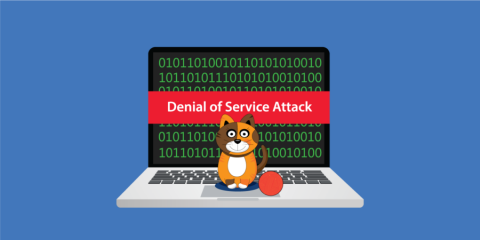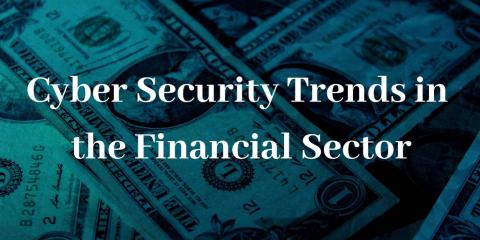How hospitals can secure patient data by equipping clinicians
Healthcare breaches continue to be featured in the news. Hospitals continue to be ideal targets for hacking and other cybersecurity threats. This is evidenced by the increasing number of cyber attacks, including sophisticated ransomware attacks on hospitals. Many hospitals are beefing up their technologies and infrastructure to address the threat of cyber attacks. But they are neglecting a major weak link in data security: the clinicians.









